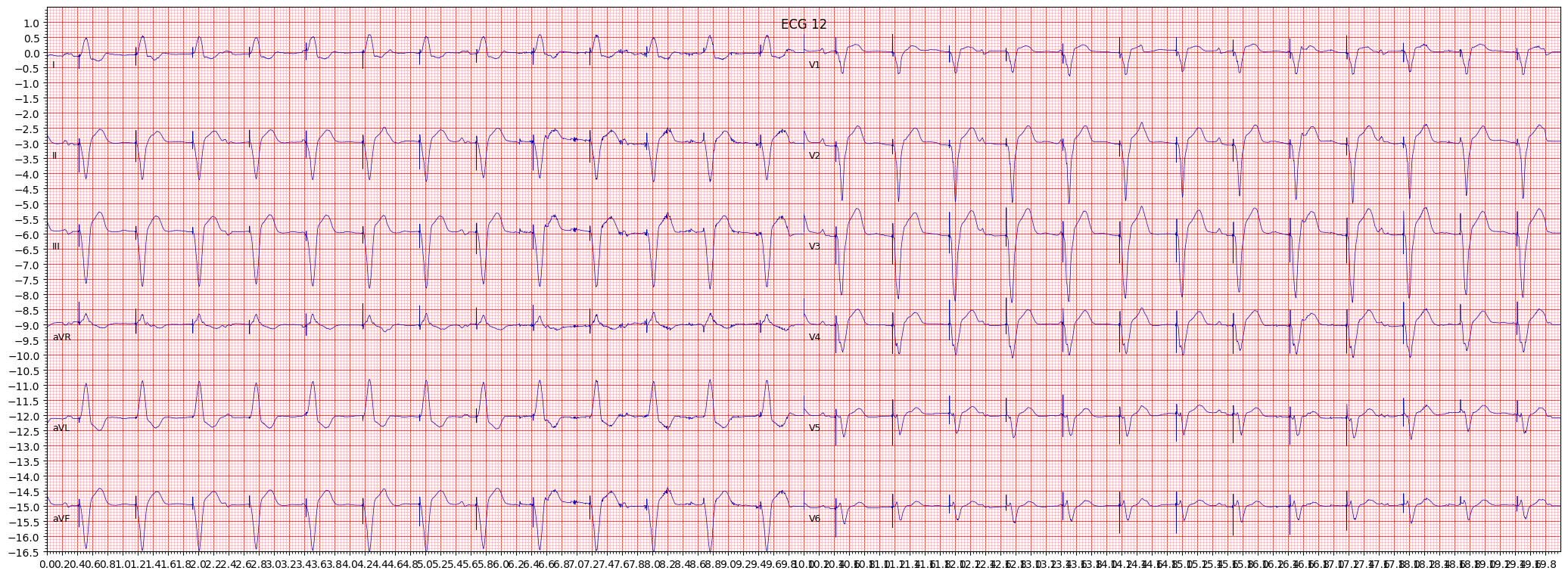normal functioning artifcial pacemaker (PACE)
A normal functioning artificial pacemaker (PACE) is a device that is implanted in the chest or abdomen to regulate the heart rate and rhythm. It sends electrical signals to the heart muscle to keep it beating at a steady pace, and can be used to treat a variety of conditions, including bradycardia, heart block, and other arrhythmias.
When reviewing an ECG for a patient with a pacemaker, it is important to pay attention to the presence of pacing spikes, which indicate when the artificial pacemaker is sending electrical signals to the heart. Other things to pay attention to include the morphology of the QRS complexes and the heart rate.
- Look for the presence of pacing spikes
- Examine the morphology of the QRS complexes
- Check the heart rate
If a patient has an artificial pacemaker, it is important for them to follow the prescribed care plan and attend regular check-ups with their healthcare provider to ensure that the device is functioning properly and to address any concerns or issues that may arise.
 example 2:
example 2:
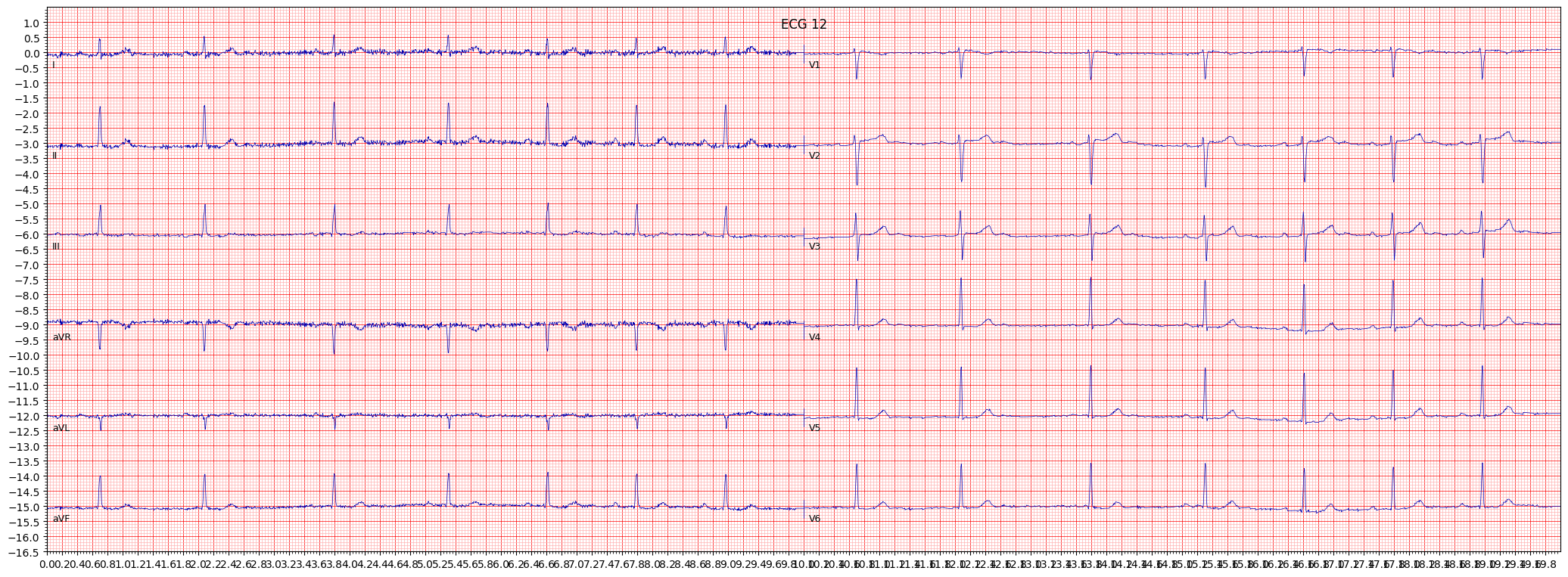 example 3:
example 3:
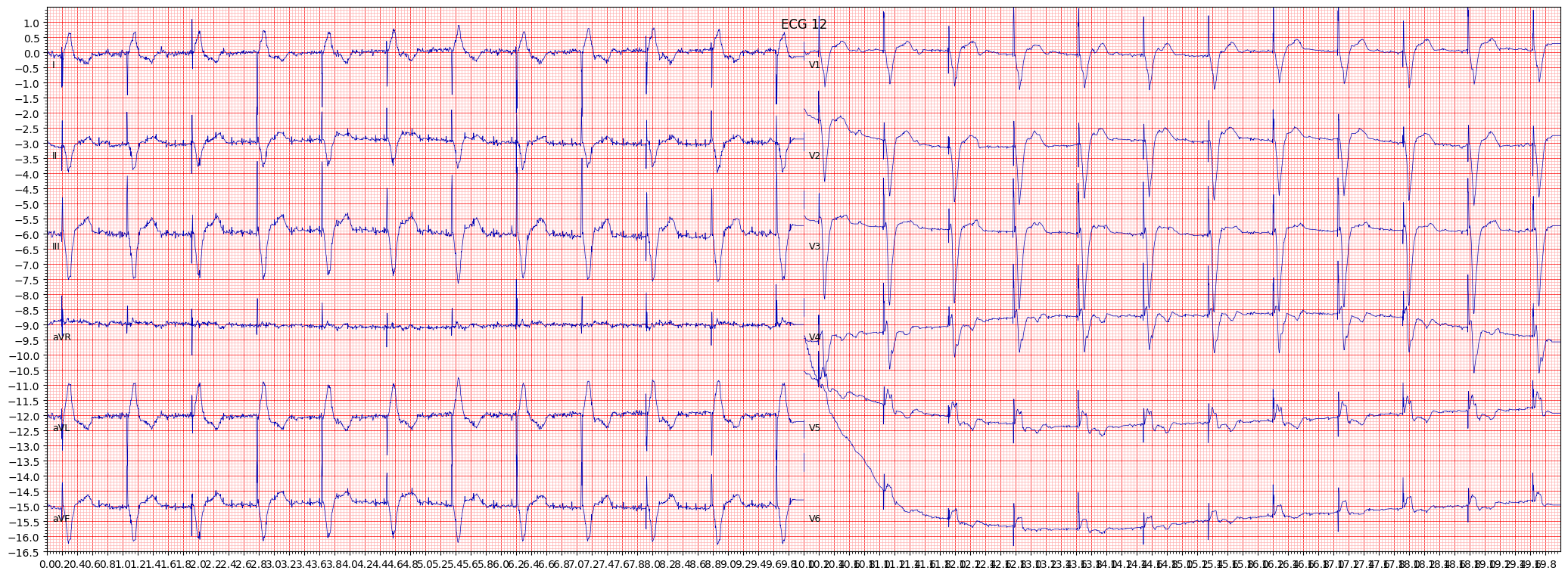 example 4:
example 4:
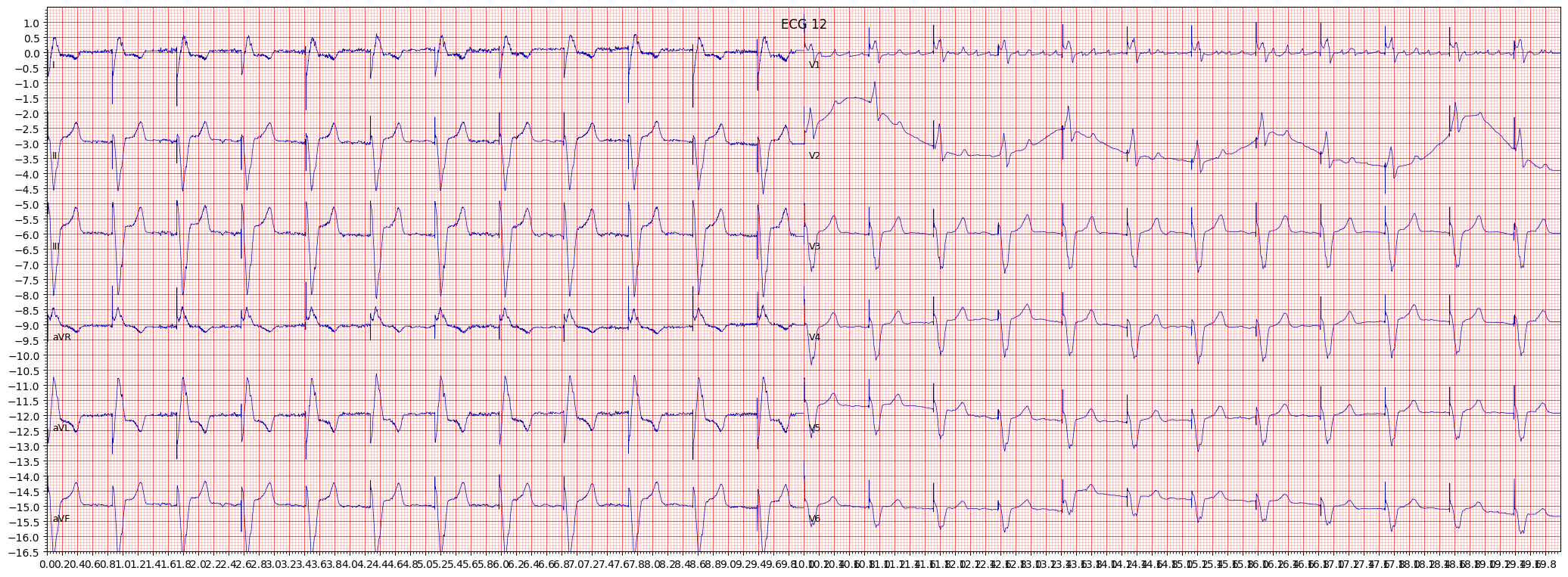 example 5:
example 5:
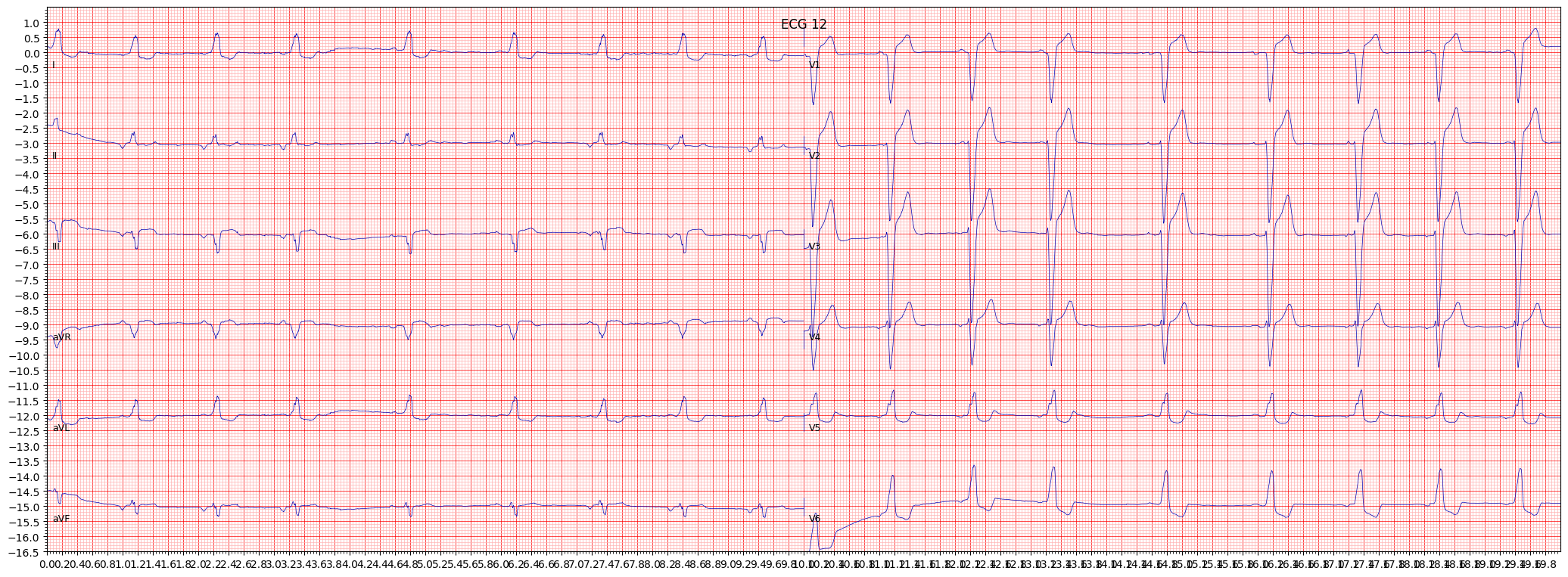 example 6:
example 6:
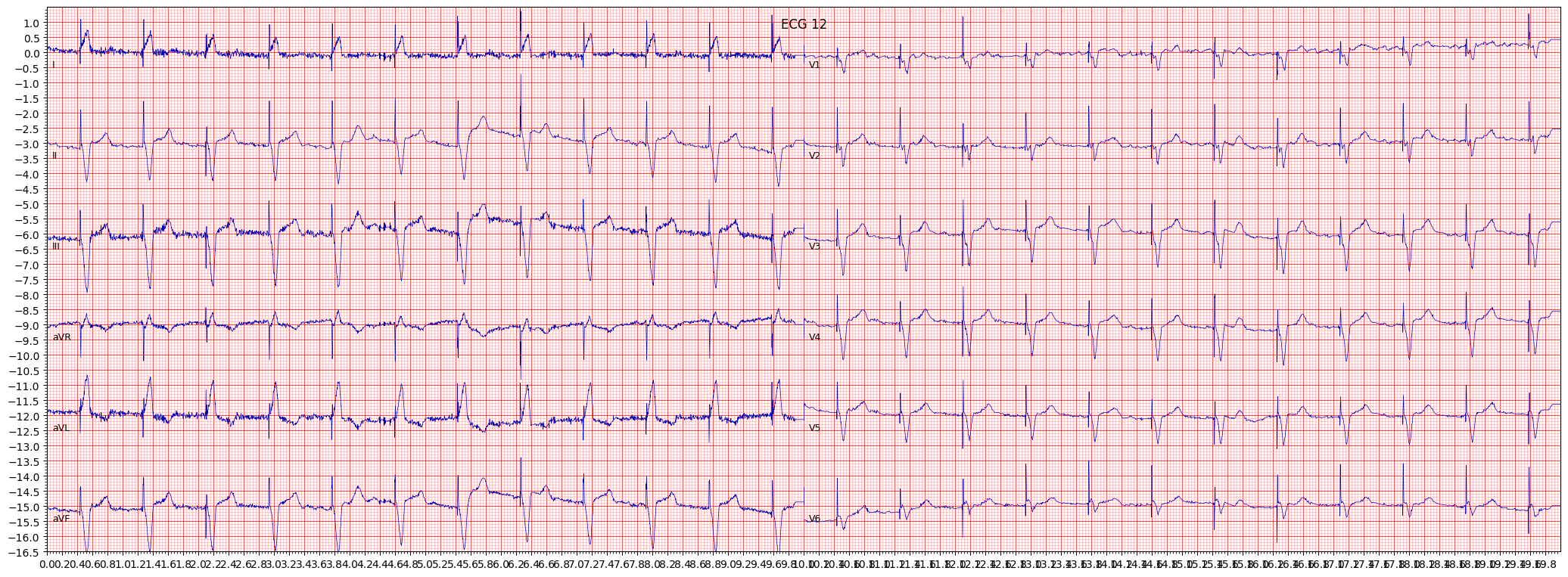 example 7:
example 7:
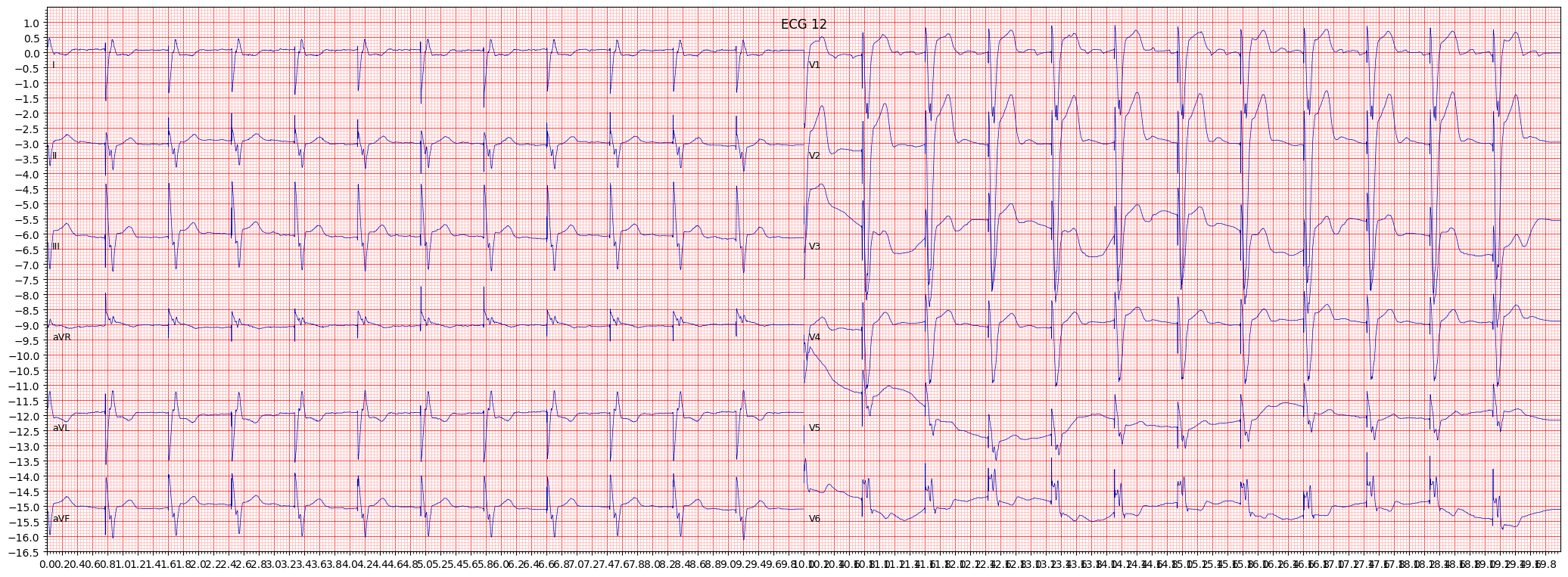 example 8:
example 8:
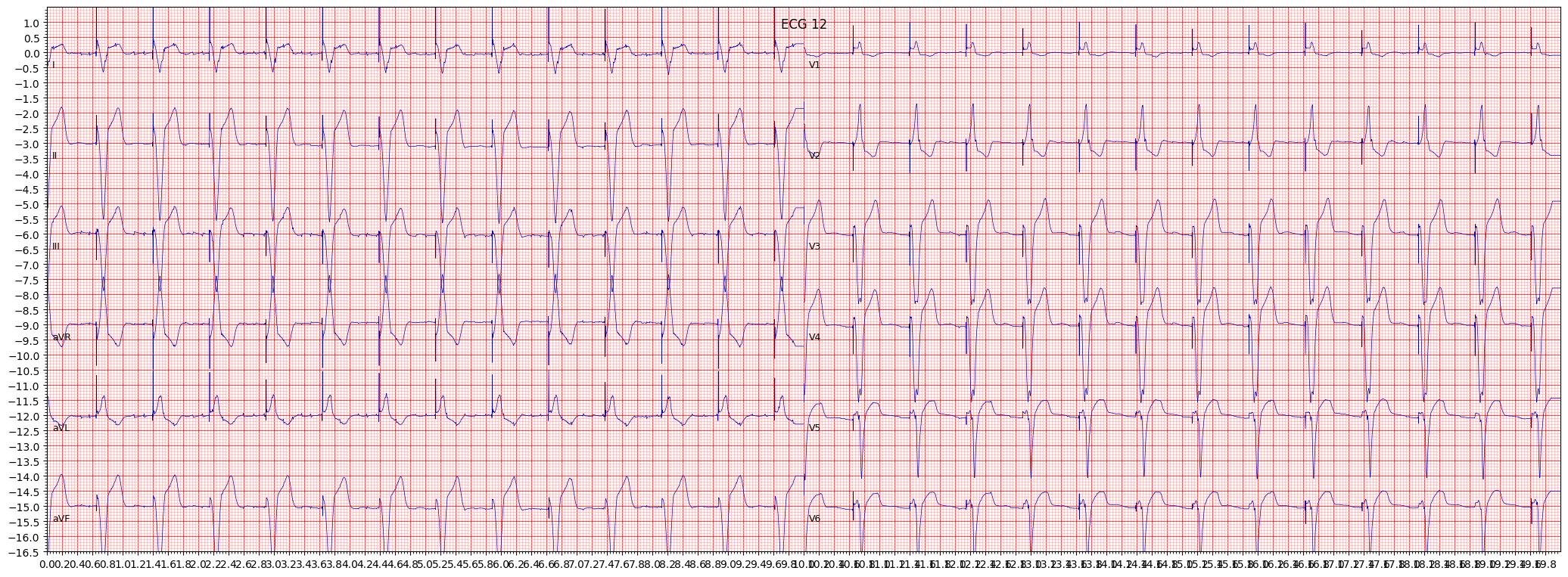 example 9:
example 9:
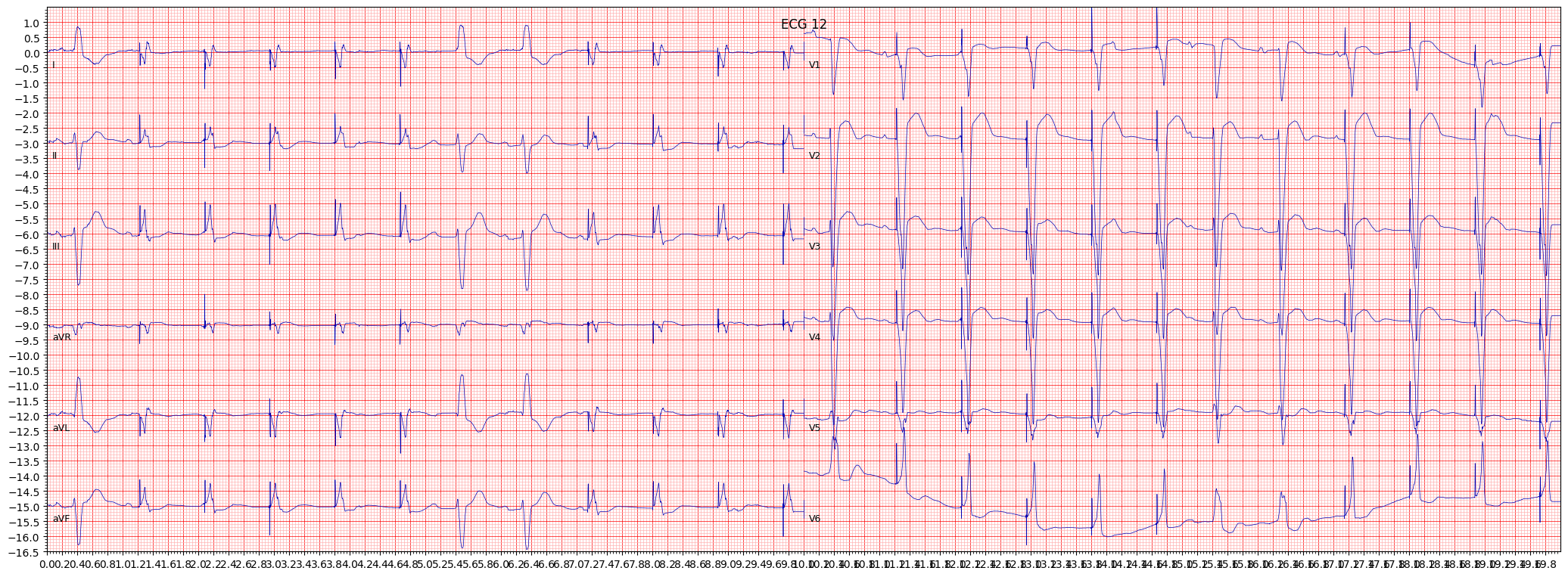 example 10:
example 10:
